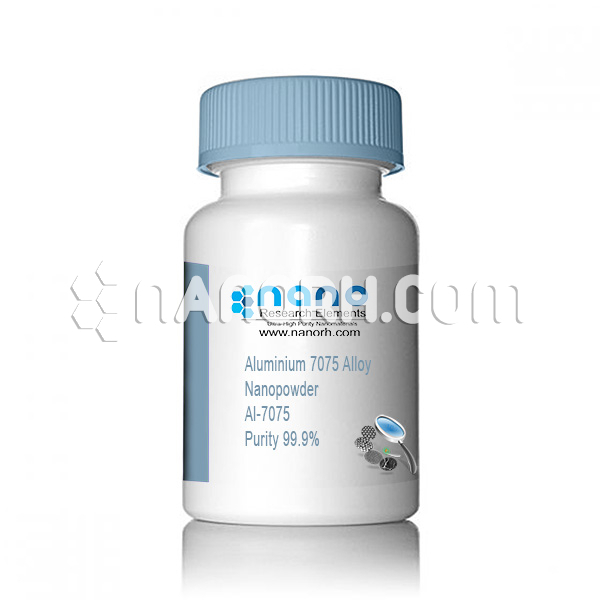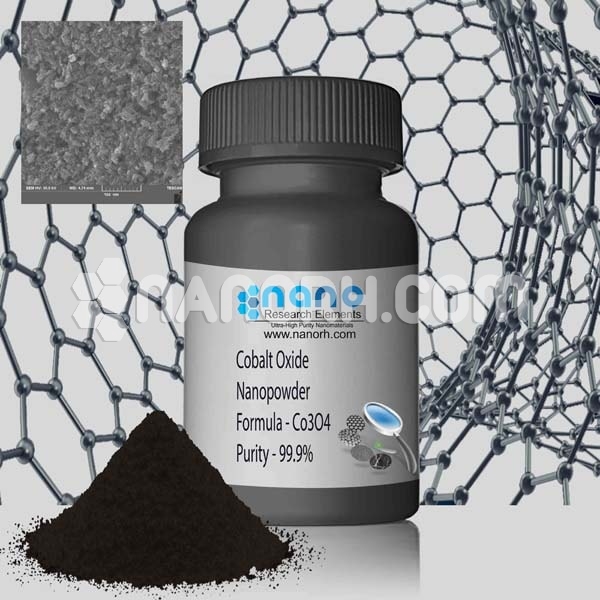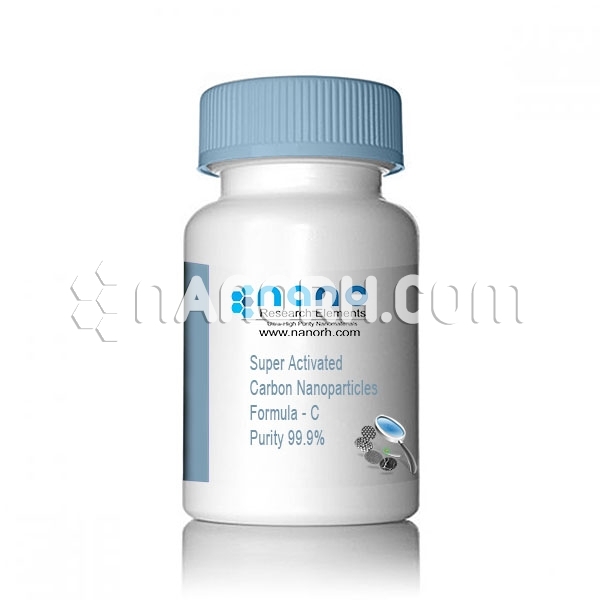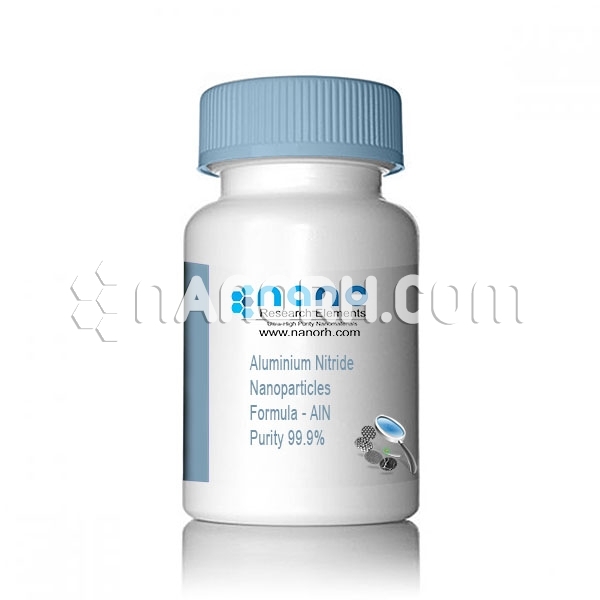| Aluminium 7075 Alloy Nanopowder | |
| Product No | NRE-2003 |
| CAS | NA |
| Grade | Al-7075 |
| APS | <100nm (Can be Customized) |
| Purity | 99.9% |
| Color | Silver Gray |
| Density | 2.81 g/cm3 |
| Melting Point | 477 – 635 °C |
| Boiling Point | NA |
| COA | |
| Component | Wt.% |
| Al | 87.1-91.4 |
| Cr | 0.18-0.28 |
| Cu | 1.2-2 |
| Fe | Max 0.5 |
Aluminium 7075 Alloy Nanopowder
Aluminium and its alloys are used in a variety of cast and wrought forms and conditions of heat treatment. It ranks next to iron and steel in the metal market. The demand for aluminium grows rapidly because of its unique combination of properties which makes it becomes one of the most versatile of engineering and construction materials.
The optimum properties of aluminium are achieved by alloying additions and heat treatments. This promotes the formation of small hard precipitates which interfere with the motion of dislocations and improve its mechanical properties. One of the most commonly used aluminium alloys for structural applications is 7075 Al alloy due to its attractive comprehensive properties such as low density, high strength, ductility, toughness and resistance to fatigue. It has been extensively utilized in aircraft structural parts and other highly stressed structural applications.
But aluminium-zinc alloy as it is in 7075 Al alloy is susceptible to embrittlement because of microsegregation of MgZn2 precipitates which may lead to catastrophic failure of components produced from it. The alloy is also susceptible to stress corrosion cracking. This is due to the inhomogeneity of the alloy and inherent residual stresses associated with its fabrication methods.
The formation of this microsegregation (hard precipitates) and inherent residual stresses that are associated with their fabrication methods have a serious negative effect on their mechanical properties. Hence, this study is aimed at resolving the problems of microsegregation and inherent residual stresses that are associated with aluminium-zinc for improved service performance. The objectives of the work are to investigate the effects of annealing and precipitation hardening (age hardening) heat treatment on the microstructure, hardness, tensile strength, and impact strength of the aluminium-zinc alloy.




